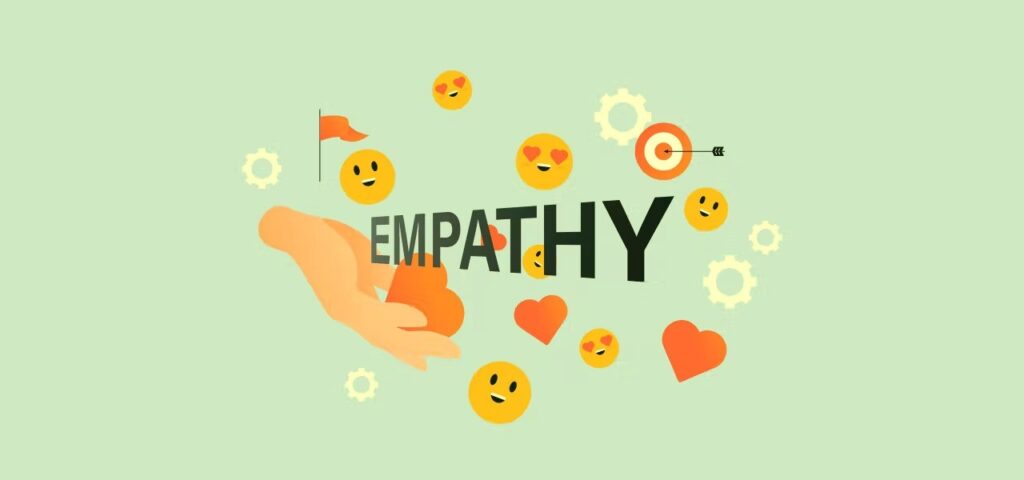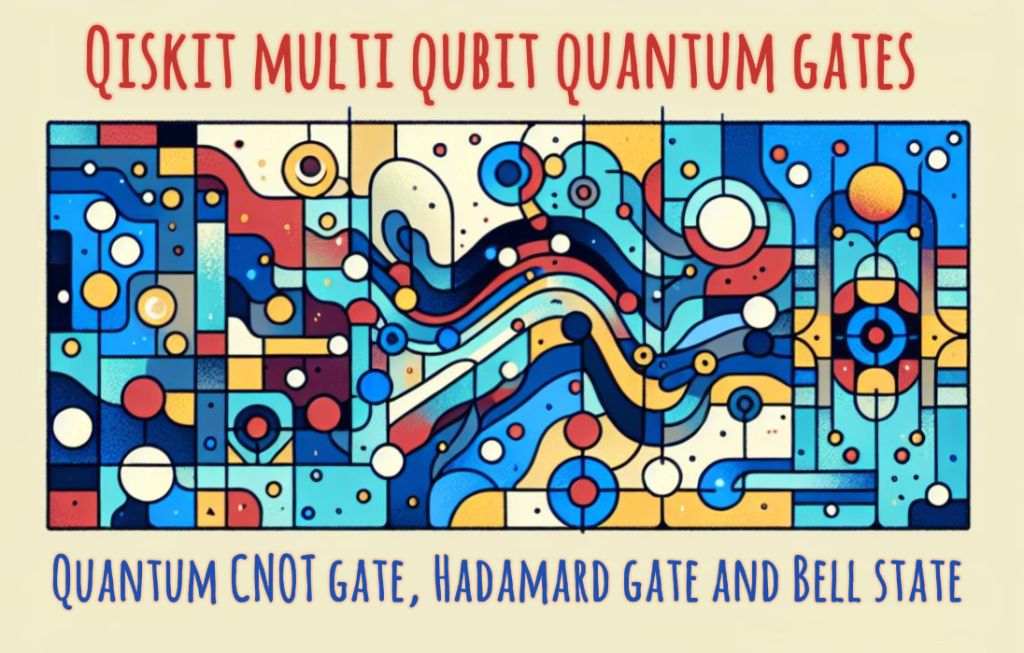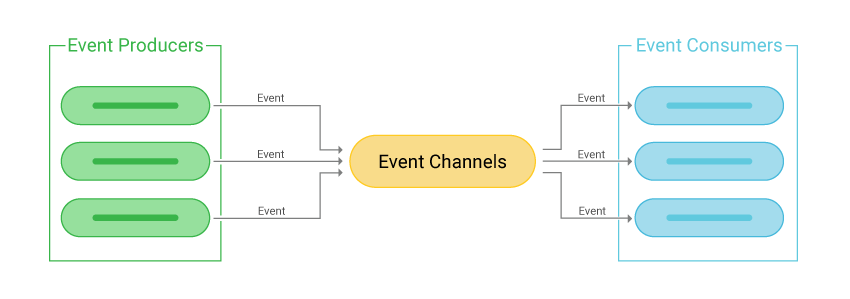When we think about a classification use-case the first thought which comes to mind is K-Means algorithim.
It tries to divide the dataset into K clusters. The basic steps on how it works is
- Assign all points randomly to K clusters
- Calculate the centeroid of each cluster
- Then all points are assigned to their closest centeroid
- Then for those points we re-calculate the centeroid
- Keep repeating 3-4 till the data points are no longer assigned to a different cluster
This is a perfect textbook case of unsupervised learning
What we will do today is compare this unsupervised learning to a supervised learning with Neural Network
We will use the dataset as a generated blobs using scikit library which generates some data points in clusters and gives us the clusters too
Here is the code
Imports
import seaborn as sns
import matplotlib.pyplot as plt
%matplotlib inlineMake 2 blobs and display the in a chart
from sklearn.datasets import make_blobs
data = make_blobs(n_samples=1000, n_features=2,
centers=2, cluster_std=1.8,random_state=50)
plt.scatter(data[0][:,0],data[0][:,1],c=data[1],cmap='rainbow')
Use K-Means to distribute same data in 2 clusters
from sklearn.cluster import KMeans
kmeans = KMeans(n_clusters=2)
kmeans.fit(data[0])Lets see how the K-Means distributed the above data into clusters
f, (ax1, ax2) = plt.subplots(1, 2, sharey=True,figsize=(16,6))
ax1.set_title('K Means')
ax1.scatter(data[0][:,0],data[0][:,1],c=kmeans.labels_,cmap='rainbow')
ax2.set_title("Original")
ax2.scatter(data[0][:,0],data[0][:,1],c=data[1],cmap='rainbow'))See in the original the blobs had some overlap, but K-Means made a clean cut

Lets use the same input, but use it as supervised learning in Neural networks
from tensorflow.keras.models import Sequential
from tensorflow.keras.layers import Dense, Activation
from tensorflow.keras.optimizers import Adam
# Setup the model
model = Sequential()
model.add(Dense(units=20, activation='relu'))
model.add(Dense(units=20, activation='relu'))
model.add(Dense(units=1, activation='sigmoid'))
model.compile(optimizer='adam',
loss='binary_crossentropy')Now fit the data in the model
import pandas as pd
X = pd.DataFrame(data[0])
y = pd.DataFrame(data[1])
from sklearn.model_selection import train_test_split
X_train, X_test, y_train, y_test = train_test_split(X, y,
test_size=0.3, random_state=101)
# Train the model
history = model.fit(x=X_train, y=y_train,
epochs=200,
batch_size=256,
shuffle=True,
validation_data=(X_test, y_test),
verbose=1)The training output
Epoch 1/200
3/3 [==============================] - 4s 272ms/step - loss: 0.6569 - val_loss: 0.5972
Epoch 2/200
3/3 [==============================] - 0s 33ms/step - loss: 0.5854 - val_loss: 0.5270
Epoch 3/200
3/3 [==============================] - 0s 42ms/step - loss: 0.5221 - val_loss: 0.4656
Epoch 4/200
3/3 [==============================] - 0s 62ms/step - loss: 0.4649 - val_loss: 0.4128
Epoch 5/200
3/3 [==============================] - 0s 45ms/step - loss: 0.4167 - val_loss: 0.3677
...............
Epoch 195/200
3/3 [==============================] - 0s 24ms/step - loss: 0.1058 - val_loss: 0.1077
Epoch 196/200
3/3 [==============================] - 0s 34ms/step - loss: 0.1059 - val_loss: 0.1078
Epoch 197/200
3/3 [==============================] - 0s 23ms/step - loss: 0.1058 - val_loss: 0.1078
Epoch 198/200
3/3 [==============================] - 0s 33ms/step - loss: 0.1058 - val_loss: 0.1077
Epoch 199/200
3/3 [==============================] - 0s 37ms/step - loss: 0.1058 - val_loss: 0.1078
Epoch 200/200
3/3 [==============================] - 0s 37ms/step - loss: 0.1057 - val_loss: 0.1077Plot the loss graph

Predict the classification, translate to 0/1 as 2 groups
import numpy as np
deep_predictions = ((model.predict(X_test) > 0.5)).astype("int32").flatten()Lets see how the classifications look compared to K-Means
f, (ax1, ax2, ax3) = plt.subplots(1, 3, sharey=True,figsize=(21,6))
ax1.set_title("Original")
ax1.scatter(data[0][:,0],data[0][:,1],c=data[1],cmap='rainbow')
ax2.set_title('K Means')
ax2.scatter(data[0][:,0],data[0][:,1],c=kmeans.labels_,cmap='rainbow')
X_test_arr = np.array(X_test)
ax3.set_title('Deep')
ax3.scatter(X_test_arr[:,0],X_test_arr[:,1],c=deep_predictions,cmap='rainbow')
The last plot is for the 30% test data only.
Looks good to me, both K-Means and Neural network performed well in this case.
Cheers – Amit Tomar



